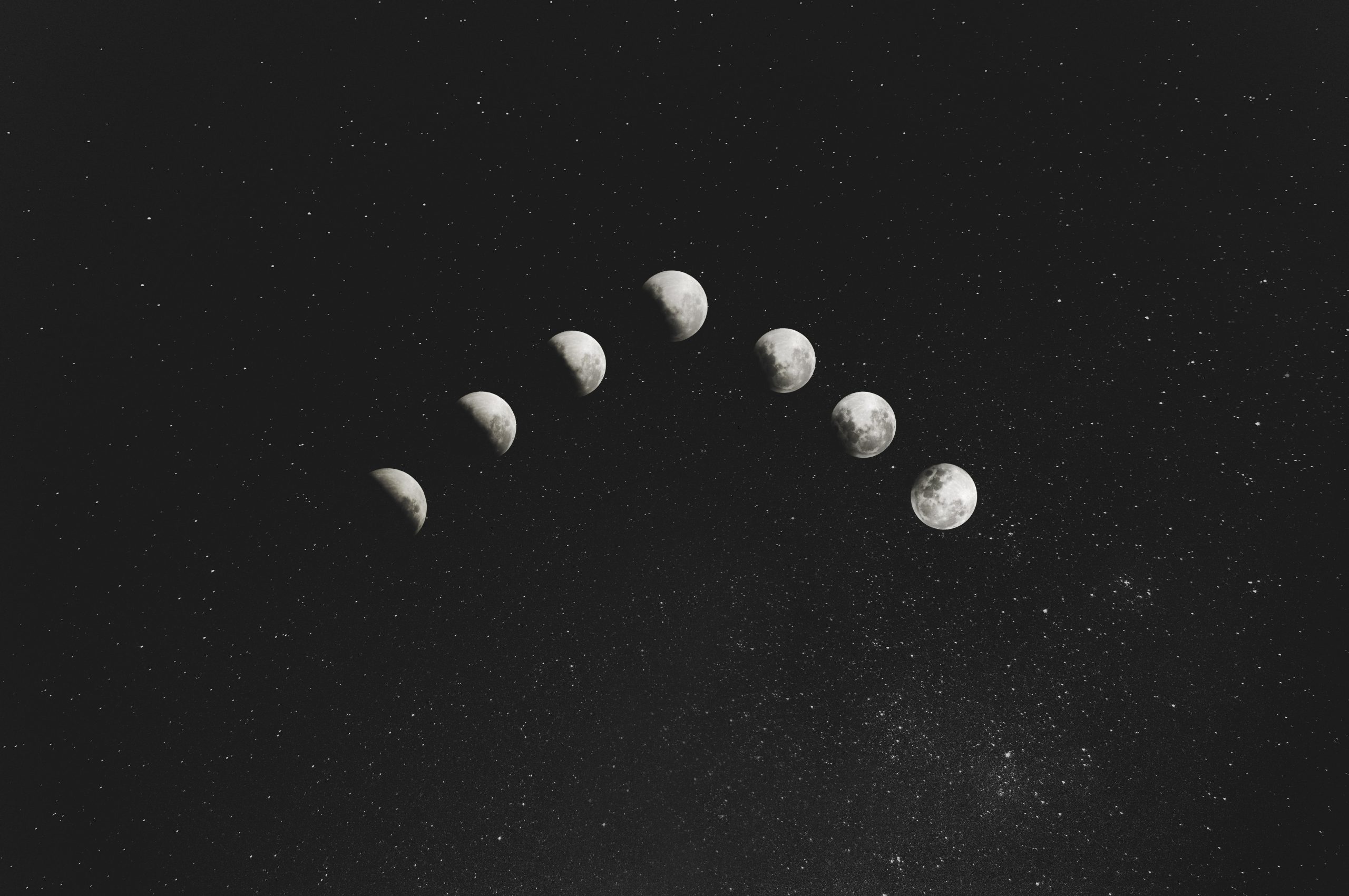What Does the Moon Represent in Islam?
In Islam, the moon holds a significant place in religious and cultural symbolism. It serves as a celestial symbol of guidance, cycles, and natural beauty. The moon’s prominence in Islamic teachings can be seen in various aspects, including the Islamic calendar, religious rituals, and poetic expressions. Let us delve deeper into the multifaceted representation of the moon in Islam.
The Islamic Calendar: A Lunar-Based System
The Islamic calendar, also known as the Hijri calendar, is based on the lunar cycle. It consists of 12 lunar months, making it approximately 354 days long, which is shorter than the Gregorian calendar year of 365 days. The beginning of each lunar month is determined by the sighting of the new moon.
The reliance on the moon for establishing the Islamic calendar emphasizes its importance in measuring time for religious observances. Muslims look to the moon to determine the start of significant occasions such as Ramadan, the month of fasting, and Eid al-Fitr, the festive celebration marking the end of Ramadan. The appearance of the crescent moon signals the commencement of these important events, allowing Muslims around the world to come together in unity.
Symbolism of Guidance
The moon holds great spiritual symbolism in Islam, representing guidance and enlightenment. Islamic teachings consider the moon as a metaphorical light that illuminates the path of righteousness and leads believers towards truth and righteousness. The Quran, the holy book of Islam, often uses the moon as a symbolic reference to divine guidance.
In one verse of the Quran, Allah says:
“It is He who made the sun a shining light and the moon a derived light and determined for it phases – that you may know the number of years and account [of time].” (Quran 10:5)
This verse highlights the functional purpose of the moon in relation to the Islamic calendar but also alludes to its metaphorical significance as a source of moral and spiritual illumination.
Natural and Cosmic Beauty
The moon’s aesthetic appeal and celestial beauty resonates deeply with the Islamic aesthetic sensibility. Islamic art, such as calligraphy, architecture, and textiles, often incorporates moon motifs to symbolize the beauty of the natural world and the grandeur of the cosmos.
The moon is frequently depicted in Islamic calligraphy, where artists skillfully incorporate its crescent shape into Arabic letters and scripts. This artistic technique symbolizes the seamless unity between the natural and divine realms, expressing the belief that everything in the world is interconnected.
The moon also serves as a reminder of Allah’s creative power and the beauty of His creation. Muslims often contemplate the moon’s mystical glow, finding solace and awe in its serene presence.
Moon Phases and Metaphors
Moon phases hold metaphorical significance in Islamic teachings, reflecting the cycles of life, faith, and spiritual growth. The waxing and waning of the moon serve as a reminder of the transient nature of worldly existence and the inevitability of change.
Metaphorically, the crescent moon symbolizes new beginnings, birth, and growth. Just as the moon goes through its phases, Muslims are encouraged to constantly strive for self-improvement and spiritual growth.
Famous Islamic scholars and poets have often used the moon as a sublime metaphor in their literary compositions. The moon’s beauty and changing phases have inspired eloquent poems and verses, evoking profound emotions and stirring spiritual contemplation.
Moon Observances and Festivals
In addition to the Islamic calendar and the religious significance attached to moon sightings, Islamic culture has specific observances and festivals tied to lunar events.
A notable example is the festival of Eid al-Adha, also known as the Feast of Sacrifice, which falls on the 10th day of the Islamic month of Dhu al-Hijjah. This festival is intrinsically linked to the moon, as it begins after the descent of the crescent moon.
Similarly, the night of the 15th of Sha’ban, known as Laylat al-Badr, holds special reverence among Muslims. It is believed to be the night when the Islamic prophet Muhammad received prophethood from Allah. This night is often marked by Muslims observing special prayers and reciting Quranic verses under the luminosity of the full moon.
Moon Symbolism and Universal Unity
Symbolism surrounding the moon in Islam goes beyond the boundaries of a specific culture or community. The moon’s significance extends to Muslims across different geographies, ethnicities, and times, serving as a unifying symbol of faith and spirituality.
As Muslims worldwide revere the moon and its symbolism, it fosters a sense of universal unity and shared beliefs. The moon’s inclusive symbolism helps build connections and strengthen the bonds of brotherhood and sisterhood among Muslims around the world.
In Conclusion
For Muslims, the moon represents much more than a celestial body. It embodies the concepts of time, guidance, beauty, and spirituality. The moon’s influence on the Islamic calendar, its metaphorical significance, and its role in cultural observances make it a deeply cherished symbol in Islam. Embracing the moon’s symbolism brings Muslims closer to their faith, inspiring them to seek enlightenment and lead lives of righteousness.
The moon’s luminosity shines as a reminder that just as it goes through its phases, so do our lives. It urges Muslims to reflect on the beauty of creation while seeking guidance in their journey towards the divine. From the glimmer of the crescent moon to the radiance of the full moon, the moon remains an unwavering symbol of faith, unity, and spiritual enlightenment in the Islamic tradition.
Table of Contents
